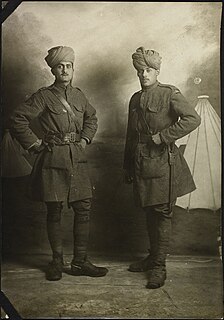 W
WThe Indian Medical Service (IMS) was a military medical service in British India, which also had some civilian functions. It served during the two World Wars, and remained in existence until the independence of India in 1947. Many of its officers, who were both British and Indian, served in civilian hospitals.
 W
WThis is an incomplete list of officers of the Indian Medical Service (IMS) before independence.
 W
WAlfred William Alcock was a British physician, naturalist, and carcinologist.
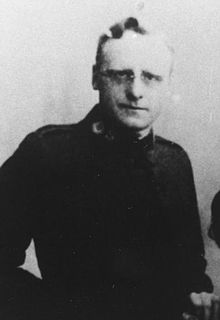 W
WHenry John Andrews was an English recipient of the Victoria Cross, the highest award for gallantry in the face of the enemy that can be awarded to British and Commonwealth forces.
 W
WSurgeon General George Bidie CIE was a British physician who worked in India in the Madras Medical Service. He was also Superintendent of the Government Museum, Chennai from 1872 to 1885.
 W
WSir George Christopher Molesworth Birdwood was an Anglo-Indian official, naturalist, and writer.
 W
WEmanuel W. Bonavia was a Maltese surgeon in the Indian Medical Service who wrote on many aspects of natural history, economic botany, and pioneered horticultural research in Lucknow. He was the first superintendent of the Lucknow Provincial Museum and the founder of the Lucknow Horticultural Gardens.
 W
WHenry Vandyke Carter was an English anatomist, surgeon, and anatomical artist most notable for his illustrations of the book Gray's Anatomy.
 W
WMajor-General Sir Richard Henry Havelock Charles, 1st Baronet, was a British doctor, and Serjeant Surgeon to King George V.
 W
WBrevet Colonel Sir (Samuel) Rickard Christophers was a British protozoologist and medical entomologist specialising in mosquitoes.
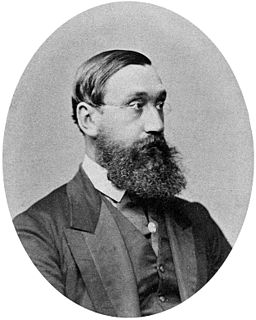 W
WWilliam Robert Cornish was a British physician who served in India for more than thirty years, and became the Surgeon-General—head of medical services—in the Madras Presidency. During the Great Famine of 1876–78, Cornish, then Sanitary Commissioner of Madras, argued for generous famine relief, which put him at odds with Sir Richard Temple, Famine Envoy for the Government of India, who was promoting reduced rations. Some of Cornish's innovations made their way into the Indian Famine Codes of the late 19th century.
 W
WSir Gordon Covell was a physician and a Major in the army of British India, and a leading global expert on Malaria disease control and eradication efforts in the middle of the 20th century. He was member of the expert committee on malaria set up by the WHO from 1948 to 1958, of which he served as the secretary. At that time, he was also an advisor to the British Ministry of Health and the Director of the Malaria Laboratory at Horton Hospital.
 W
WDirom Grey Crawford was a British physician and officer of the Indian Medical Service (IMS). He rose to the rank of lieutenant colonel before retiring in 1911 and returning to serve on hospital ships during the First World War when he was mentioned in dispatches. He wrote a history of the IMS as well as the roll of its members which included biographical details of 6,156 of its officers.
 W
WColonel John Crimmin was an Irish recipient of the Victoria Cross, the highest and most prestigious award for gallantry in the face of the enemy that can be awarded to British and Commonwealth forces. He also served as the Hon. Physician to H.M. The King.
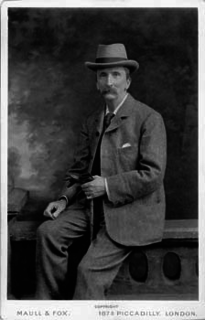 W
WDavid Douglas Cunningham was a Scottish doctor and researcher who worked extensively in India on various aspects of public health and medicine. He studied the spread of bacteria and the spores of fungi through the air and conducted research on cholera. In his spare time he also studied the local plants and animals.
 W
WCharles Donovan MD was an Irish medical officer in the Indian Medical Service. He is best remembered for his discoveries of Leishmania donovani as the causative agent of visceral leishmaniasis, and Klebsiella granulomatis as that of donovanosis. The son of a judge in India, he was born in Calcutta and completed his primary education in India, and continued secondary school in Cork City, Ireland. He graduated in medicine from Trinity College, Dublin and joined the Indian Medical Service. He participated in British expeditions to Mandalay in Burma, Royapuram and Mangalore in India, Afghanistan, and finally Madras, where he spent the rest of his service. He was professor at Madras Medical College from 1898 until his retirement in 1919.
 W
WTheodore Duka or Duka Tivadar was a Hungarian army officer, who later became a doctor in England and worked in India on various topics, especially philology.
 W
WSir Joseph Fayrer, 1st Baronet FRS FRSE FRCS FRCP KCSI LLD was an English physician who served as Surgeon General in India. He is noted for his writings on medicine, work on public health and his studies particularly on the treatment of snakebite, in India. He was also involved in official investigation on cholera, in which he did not accept the idea, proposed by Robert Koch, of germs as the cause of cholera.
 W
WSir Peter Freyer was an Irish surgeon with an expertise in genitourinary surgery, best known at first as an Indian Medical Service (IMS) officer, for making popular the procedure for crushing bladder stones to allow them to be evacuated through the natural passages, a procedure known as a litholapaxy. Following retirement from the IMS after 20 years of service in India, he returned to England and popularized a procedure for benign large prostates. This was known as the suprapubic prostatectomy, a transvesical prostatectomy or the Freyer operation, where the prostate is removed through an abdominal incision above the pubic bone but below the umbilicus and through the bladder, and it included using suprapubic drainage post-operatively.
 W
WVivian Bartley Green-Armytage FRCP, FRCS, FRCOG, was a British gynaecologist. He was noted for his progressive views, his service to Indian gynaecology and obstetrics, and his distinguished service in the Royal Army Medical Corps during the First World War.
 W
WHarbans Lall Gulati was an Indian-born physician living in London, who was a councillor for both the Conservative and Labour parties. After the Second World War he took a special interest in the effect of rationing on the health of the population and was an active campaigner for the extension of mobile canteen services to older people who could not queue for rations. He had a special interest in ophthalmology and worked as a general practitioner in Battersea, London for over four decades.
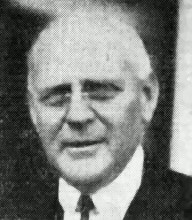 W
WArthur Francis Hamilton CIE, MC, FRCS, FRCOG was a British doctor who was an officer of the Indian Medical Service (IMS). He won the Military Cross during the First World War, and was later professor of obstetrics and gynaecology at the Grant Medical College, India.
 W
WMajor-General Sir Patrick Hehir was a British military surgeon. He served in the Indian Medical Service (IMS) and as the Principal Medical Officer to the army of the Nizam of Hyderabad. During the 148 day Siege of Kut he suffered alongside the troops and wrote extensively on the topic of prolonged starvation.
 W
WColonel Thomas Holbein Hendley was a British medical officer in the Indian Medical Service and an amateur authority on Indian art.
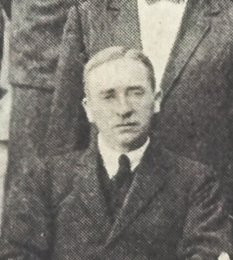 W
WMajor Richard William George Hingston was an Irish physician, explorer and naturalist who worked in India with the Indian Medical Service. He wrote several books based on his travels and natural history observations.
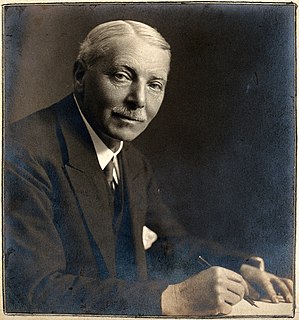 W
WLieutenant Colonel Sydney Price James was a British physician, parasitologist, and malariologist who served in the Indian Medical Service.
 W
WKhan Abdul Jabbar Khan, popularly known as Dr. Khan Sahib, was a pioneer in the Indian Independence Movement and a Pakistani politician. He was the elder brother of the Pashtun independence activist Bacha Khan, both of whom opposed the partition of India, favouring a united country.
 W
WRobert Knowles was a British parasitologist, known for his discovery, with Biraj Mohan Das Gupta, of the Plasmodium species now known as Plasmodium knowlesi.
 W
WSarungbam Bimola Kumari Devi is an Indian medical doctor and the Chief Medical Officer of Imphal west region in the Indian state of Manipur. She has been serving in the Manipur state medical service since 1979, mostly working in the rural areas and has headed the food safety office during two visits of Narendra Modi, the Prime Minister of India, to the state. Kumari, a recipient of the 2014 Dr. B. R. Ambedkar International Award, was honoured by the Government of India in 2015 with the Padma Shri, the fourth highest Indian civilian award.
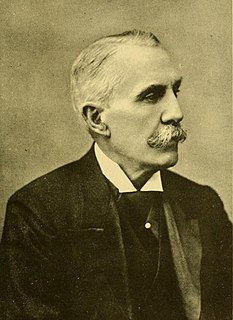 W
WSir James John Trevor Lawrence, 2nd Baronet, was an English surgeon, horticulturalist and art collector. He later became a Conservative Member of Parliament (MP) for 17 years, retiring to become treasurer of St Bartholomew's Hospital where he founded the Lawrence Scholarship and contributed to the King Edward's Hospital Fund.
 W
WGeorge Carmichael Low was a Scottish parasitologist.
 W
WMajor-General Sir Robert McCarrison, CIE, FRCP was a Northern Ireland physician and nutritionist in the Indian Medical Service, who was made a Companion of the Indian Empire (CIE) in 1923, received a knighthood in July 1933, and was appointed as Honourable Physician to the King in 1935.
 W
WFrederic John Mouat was a British surgeon, chemist and prison reformer. He was part of the committee that helped identify the Andaman Islands as a suitable location for a convict settlement. He examined the use of chaulmogra oil in the treatment of leprosy and published the first illustrated book on human anatomy in Urdu in 1849.
 W
WMajor-General Harold Rothery Nutt FRCS (1876–1953) was Surgeon-General to the Bombay Government, Honorary Surgeon to the Viceroy of India and Honorary Surgeon to King George V.
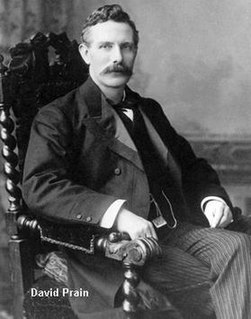 W
WSir David Prain was a Scottish physician remembered as a noted amateur botanist. He worked for many years in India working in the Calcutta Botanical Garden and involved in cinchona cultivation in Darjeeling.
 W
WSir George Scott Robertson, was a British soldier, author, and administrator who was best known for his arduous journey to the remote and rugged region of Kafiristan in what is now northeastern Afghanistan and for his overall command of British Empire forces during the Siege of Chitral. He chronicled his Kafiristan experience in the book The Kafirs of the Hindu Kush. Some have suggested that Robertson's year-long expedition and subsequent book provided background and inspiration for Rudyard Kipling's short story "The Man Who Would Be King". However, Kipling's work was originally published in 1888, predating Robertson's travels to the region.
 W
WSir Leonard Rogers was a founder member of the Royal Society of Tropical Medicine and Hygiene, and its President from 1933 to 1935.
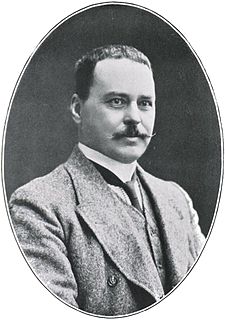 W
WSir Ronald Ross was a British medical doctor who received the Nobel Prize for Physiology or Medicine in 1902 for his work on the transmission of malaria, becoming the first British Nobel laureate, and the first born outside Europe. His discovery of the malarial parasite in the gastrointestinal tract of a mosquito in 1897 proved that malaria was transmitted by mosquitoes, and laid the foundation for the method of combating the disease. He was a polymath, writing a number of poems, published several novels, and composed songs. He was also an amateur artist and natural mathematician. He worked in the Indian Medical Service for 25 years. It was during his service that he made the groundbreaking medical discovery. After resigning from his service in India, he joined the faculty of Liverpool School of Tropical Medicine, and continued as Professor and Chairman of Tropical Medicine of the institute for 10 years. In 1926 he became Director-in-Chief of the Ross Institute and Hospital for Tropical Diseases, which was established in honour of his works. He remained there until his death.
 W
WFrederick Roland Studdert Shaw was an Irish first-class cricketer and British Army officer.
 W
WHenry Edward Shortt was an Anglo-Indian protozoologist.
 W
WBrigadier John Alexander Sinton, was a British medical doctor, malariologist, soldier, and a recipient of the Victoria Cross, the highest award for gallantry in the face of the enemy that can be awarded to British and Commonwealth forces.
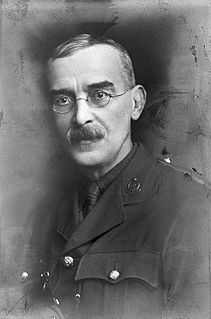 W
WJohn William Watson Stephens FRS (1865–1946) was a British parasitologist and expert on tropical diseases.
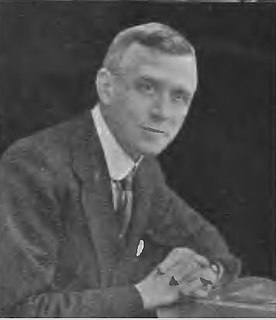 W
WJohn Stephenson CIE FRS FRSE FRCS was a surgeon and zoologist. He was a leading expert on the earthworms of the Indian subcontinent and served as editor of the Fauna of British India series from 1927. Knowledgeable in Persian, Hindustani and some Arabic, he was also an orientalist scholar and translated several works from Persian to English.
 W
WWilliam John Virgin was a serving Major in the then Indian Medical Service in British India. He was the first Principal of Dhaka Medical College. William Virgin was born in Toronto, Canada on 16 December 1905. He served primarily in India and, after its formation, Bangladesh. In 1934 he married Zelma Crone, with whom he had two children. He died in Toronto on 18 October 1997 at the age of 91.
 W
WLieutenant Colonel Laurence Austine Waddell, CB, CIE, F.L.S., L.L.D, M.Ch., I.M.S. RAI, F.R.A.S (1854–1938) was a Scottish explorer, Professor of Tibetan, Professor of Chemistry and Pathology, Indian Army surgeon, collector in Tibet, and amateur archaeologist. Waddell also studied Sumerian and Sanskrit; he made various translations of seals and other inscriptions. His reputation as an Assyriologist gained little to no academic recognition and his books on the history of civilization have caused controversy. Some of his book publications however were popular with the public, and he is regarded by some today to have been a real-life precursor of the fictional character Indiana Jones.
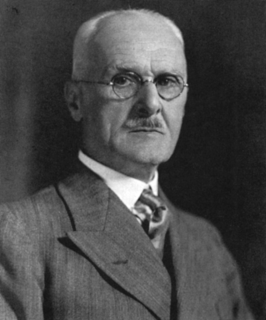 W
WColonel Frank Wall was a physician and herpetologist who lived in Sri Lanka and India.
 W
WHarry Frederick Whitchurch was an English recipient of the Victoria Cross, the highest and most prestigious award for gallantry in the face of the enemy that can be awarded to British and Commonwealth forces.